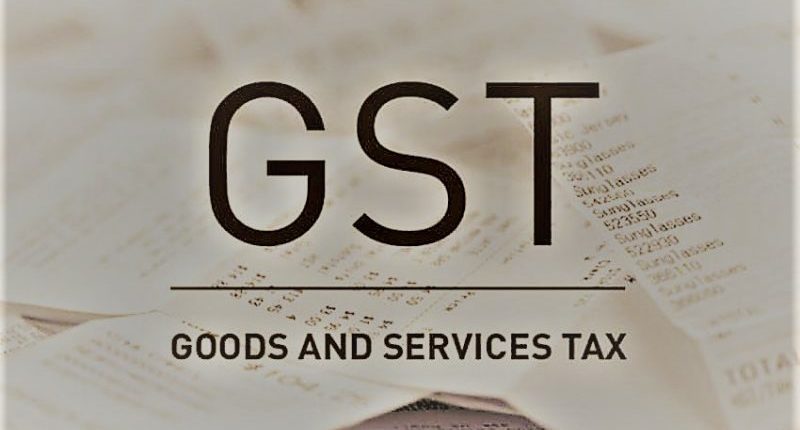The GST Network has released an all-new Input Tax Credit (ITC) matching tool on 18th September 2020 on the GST portal. This tool is available for the regular or average taxpayers registered under GST along with the SEZ units or SEZ developers or casual taxable persons.
An offline tool has been made available to the taxpayers to compare ITC, as auto-populated in their Form GSTR-2B, with their purchase register. The tool helps the taxpayer assess how much ITC is available for a month by comparing ITC recorded in their books of accounts with the ITC, as shown in GSTR-2B. Therefore, it helps them declare and, in turn, claim the correct and eligible amount of ITC when filing Form GSTR-3B.
The taxpayers must follow specific prerequisites to use the ‘Matching Offline’ tool. These include downloading and installing the offline tool on your computer system. They must navigate to Downloads>Offline Tools>Matching Offline Tool. The dashboard of the tool consists of three boxes – GSTR-2B, Import Purchase Register (PR), and Matching Result.
Next, from the GST portal, the user must download the Form GSTR-2B in JSON file for the relevant return period or month. The tab ‘Open downloaded JSON file’ gets updated with these details and can be used to view the same. Meanwhile, they must update the template provided in the offline tool for all the purchase register details in a particular format. Followed by this, they have to import the purchase register filled-in template either in excel file or in the CSV format into the Import Purchase Register (PR) tile.
Next, there is a button provided called ‘Match’ on the dashboard, which gets enabled on importing the purchase register. Users must click on this button to match and compare GSTR-2B with the purchase register. The utility will run and produce the matching results according to the table-wise details, which are based on the criteria that are selected for matching. The requirements include seven of them such as GSTIN, document type, document number, date of the document, taxable value, total tax amount and tax amounts bifurcated into different tax heads.
Also Read: Delinking of Debit/Credit Notes From Invoice is Active on GST Portal
The users will be redirected to the ‘Matching Result’ page where the matching result will be summarised as ‘Exact match’, ‘Partial match’, ‘Probable match’ or ‘Unmatched’. After that, the taxpayers can refine the matching results, view a summary of the matching results, export the matching details to a CSV file, and/or download the matching result details in an excel file from the offline utility.
The users must then take necessary steps for the entries in the unmatched bucket with some manual intervention involved. Any eligible ITC found in GSTR-2B, not present in the purchase register must be claimed only after carefully assessing the previous months’ returns. Likewise, the entries found in the purchase register but have not appeared in GSTR-2B needs a followup with the vendors. In case of partially matched entries, they must look for any inconsistencies in the GSTIN and invoicing particulars, other than values, as accounted by them in their register versus reported by their suppliers in corresponding GSTR-1. There is an option to set the tolerance limit for any value-based differences between the two sets of data, to the extent that the business wants.
The GSTN has also issued detailed guidelines to use the offline matching utility, available for download on the GST portal. It states that the offline tool supports profiles of multiple GSTIN to match or to view the Form GSTR-2B. There is an option to modify them later on too. The number of documents or records that you can match at a time must ideally be less than 3000 in number.
The tool is the same as the one that was released for new GST returns in RET-1 along with ANX-1 and 2, where ANX-2 had to be compared with the purchase register. Now that the new GST return system will not be launched anytime soon, this tool will help taxpayers to reduce the manual efforts involved in the ITC reconciliation to a reasonable extent.
For any clarifications/feedback on the topic, please contact the writer at annapoorna.m@cleartax.in
Annapoorna, popularly known as Anna, is an aspiring Chartered Accountant with a flair for GST. She spends most of her day Singing hymns to the tune of jee-es-tee! Well, not most of her day, just now and then.





